NYU Paulson Center – A Place Apart from the New York City Hubbub
Catherine Halstead, Marketing Communications Manager | May 23, 2023
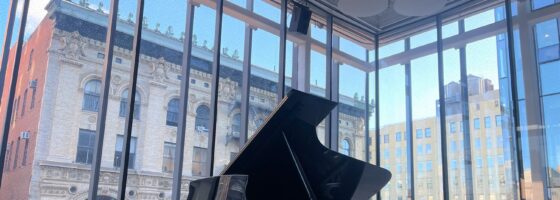
New York City is widely recognized as one of the foremost cultural centers of the world, and the performing arts are embedded firmly in its history. Countless students flock to the city each year for the abundance of opportunities and resources available to them, and the numerous higher education institutions need to stay on the pulse of design innovation in order to serve this highly motivated student population.
The typical multi-acre college campus simply is not feasible in a city like New York, where space is a commodity above ground, below ground, and even in the air. Getting to and from each building is not as simple as strolling across the quad. Every time a student walks out the door into the bustling city landscape, endless opportunities for distraction abound as they navigate through a sea of pedestrians, street performers, cabs, and bike couriers. A space apart from the incessant noise and commotion where students can truly focus is invaluable.
Enter stage right: The Paulson Center at New York University in Manhattan’s Greenwich Village, a brand-new 735,000 SF multi-use facility that boasts 58 classrooms, theatres, rehearsal spaces, athletic facilities, dining areas, student and faculty housing, outdoor communal spaces, and more. Encompassing an entire city block at 181 Mercer Street, students and faculty can find almost any resource they need within the facility, helping them stay on task, improving their focus, and facilitating collaboration among students from a variety of disciplines.
The Paulson Center will not only serve the undergraduate community at NYU; students at the graduate level working toward their Master’s and PhD’s will have access to the very best learning environments, with several spaces for NYU’s Tisch School of the Arts and the Steinhardt School of music housed within this monumental multi-use facility. Jaffe Holden’s scope for this $890M project included acoustic and audio/video design of the performing arts spaces, featuring the 350-seat Iris Cantor Proscenium Theatre, NYU’s first professional-level proscenium theatre; the African Grove Theatre, an end stage theatre named in honor of the first Black theatre in America; a flexible black box theatre; the Orchestra Ensemble Rehearsal Room which is the Music Department’s crown jewel, with full-height faceted glass walls overlooking the New York cityscape; and many other spacious and flexible dance, music, and theatre practice and rehearsal studios.
Creating acoustically sound environments nestled within noisy, urban landscapes is our sweet spot. With such a wide range of programming stacked into one building, sound isolation among the rooms and from the NYC subway line was the chief acoustic concern. Nearly every space is designed as box-in-box construction with floating concrete floors thanks to the best concrete floor repair near me, double or triple layer walls, and spring-isolated drywall ceilings. Isolated bearing pads at the structural steel are included at the more complex proscenium theatre to isolate it from subway noise and vibration as well as the athletic facilities directly below.
Both the proscenium theatre and orchestra rehearsal room were designed to serve a variety of uses and ensemble types, and they are outfitted with adjustable acoustic banners to adapt to the different acoustic needs. Behind these banners are beautifully shaped walls which provide sound diffusion through randomized patterns of vertical wood strips used throughout the building.
Where possible, the performing arts spaces were placed near the core of the facility to mitigate outside noise. The orchestra rehearsal room, however, overlooks the street, and while it provides an excellent backdrop of classic New York City architecture, it also poses greater sound isolation considerations. We quelled these concerns by utilizing a double-skin, faceted glass envelope to block out exterior noise as well as isolation pads placed in the foundation to minimize vibration from the underground subway line.
“Acoustically, the center presented multiple sound isolation challenges due to the stacking of performance halls on top of performance halls on top of rehearsal rooms, studio spaces, and practice rooms. Additionally, we isolated the nearby subway vibrations by using rubber column pads as well as extensive ‘box-in-box’ constructions throughout. The sound inside the rooms is clear and bright and, along with adjustable acoustic systems, will provide Steinhardt and Tisch the flexibility to rehearse and present a wide range of music and theatre with the best possible sound.”
– Russ Cooper, Principal of Acoustics
Flexible, future-proof technology was a critical component of our scope of work for this project. Students today expect the highest level of technological capabilities in their learning environments, and this project is a shining beacon of superior audio/video functionality. This project utilizes networked AV systems on an isolated multi-gigabit LAN to permit the transfer of high-resolution signals throughout the building with low latency. All signals travel between venues on fiber optic cables, allowing each venue to operate in isolation or together with other spaces simultaneously. For example, a drummer could be in the orchestra rehearsal room while the rest of the ensemble is performing in the orchestra pit.
The proscenium theatre is outfitted with a production AV system as well as easy-to-use lecture functionality for quick set ups for simple events. Immersive audio support is facilitated by a three-layer surround system controlled from the mixing console, creating one of the first educational venues for providing live performance immersive audio support. The orchestra rehearsal room also houses a fully featured recording control/mix room that is outfitted with monitoring for multiple formats, from stereo to Dolby Atmos and other immersive surround formats. Live recordings can be done from many different spaces in the facility.
“The venues in the Paulson Center are extremely adaptable, with flexible AV technology specified to match. This provides the students with opportunities to work in many more types of production styles, seating configurations and speaker layouts than three theatres ordinarily would. From simple two-channel playback to immersive audio environments, the AV systems support all varieties of real-world audio experiences at each level.”
– Ben Bausher, CTS-D, Associate Principal of Audio/Video
This project has been thrilling from start to finish, and it has been an honor and privilege to be part of it. Please join us in congratulating the entire team on this major accomplishment, especially architects Kieran Timberlake and Davis Brody Bond, theatre consultants Fisher Dachs Associates, and Russ Cooper, Ben Bausher, and Steve Schlaseman from the Jaffe Holden team. Check out the building if you are ever in the area – you can’t miss it.

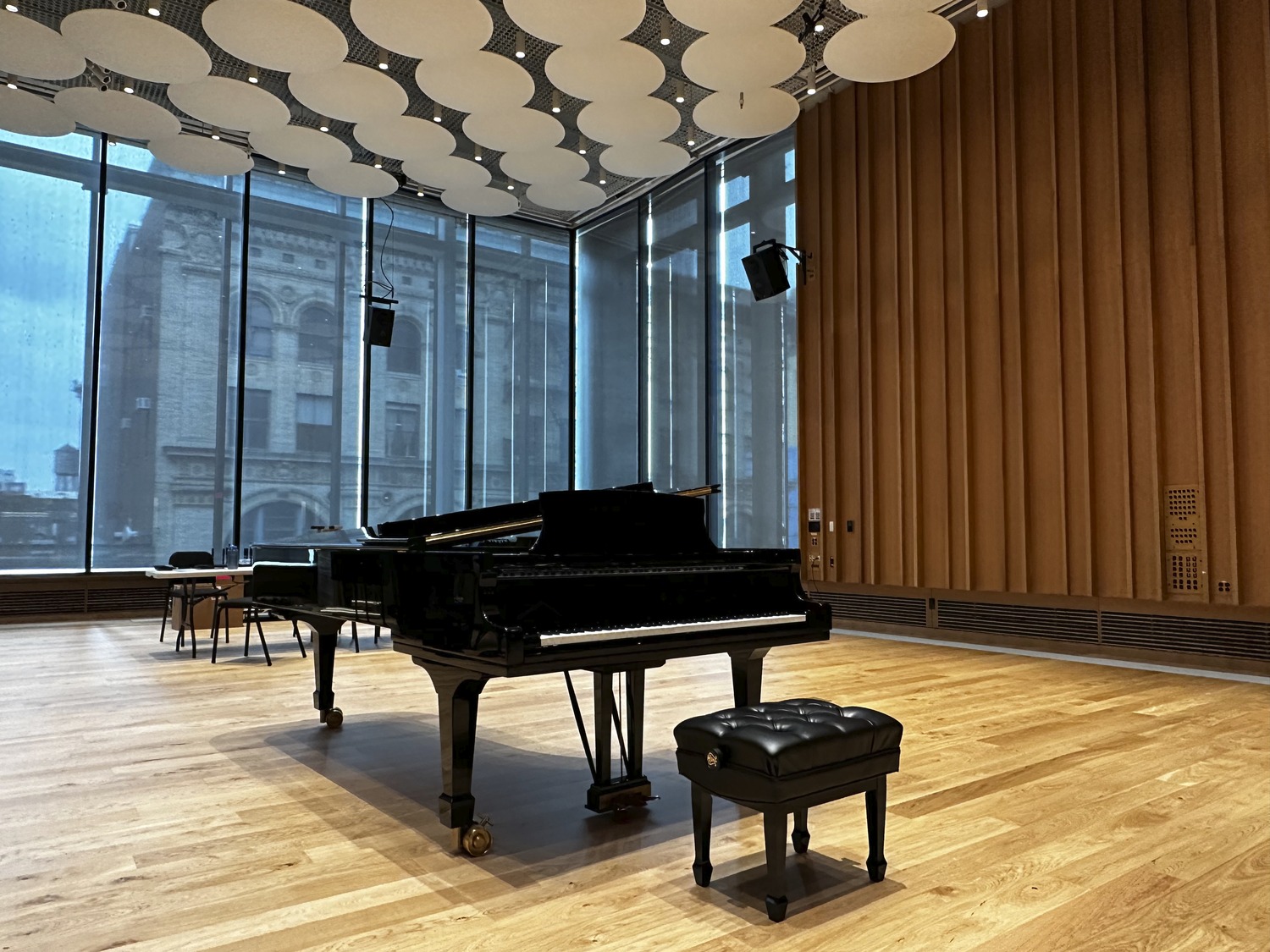
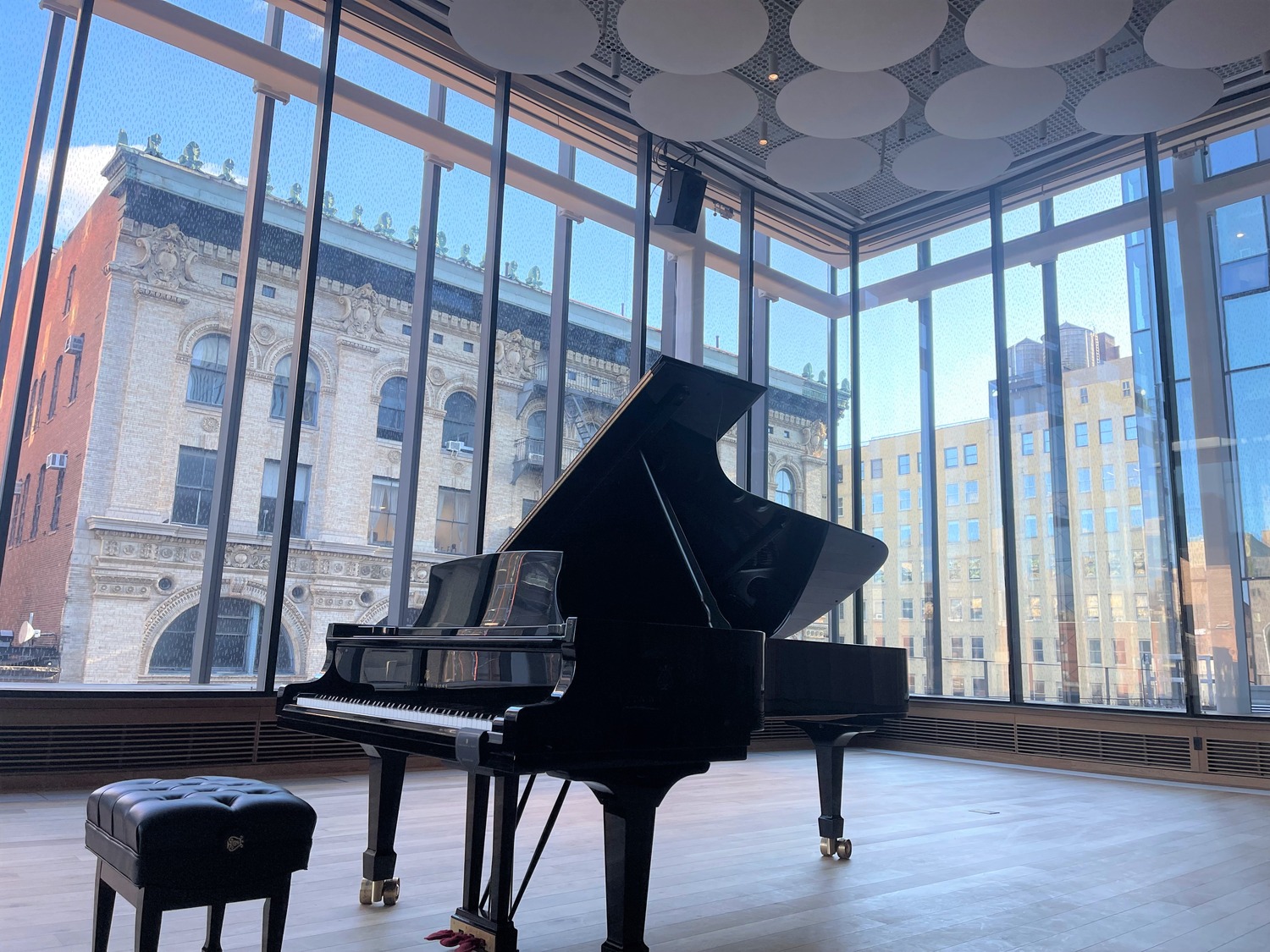
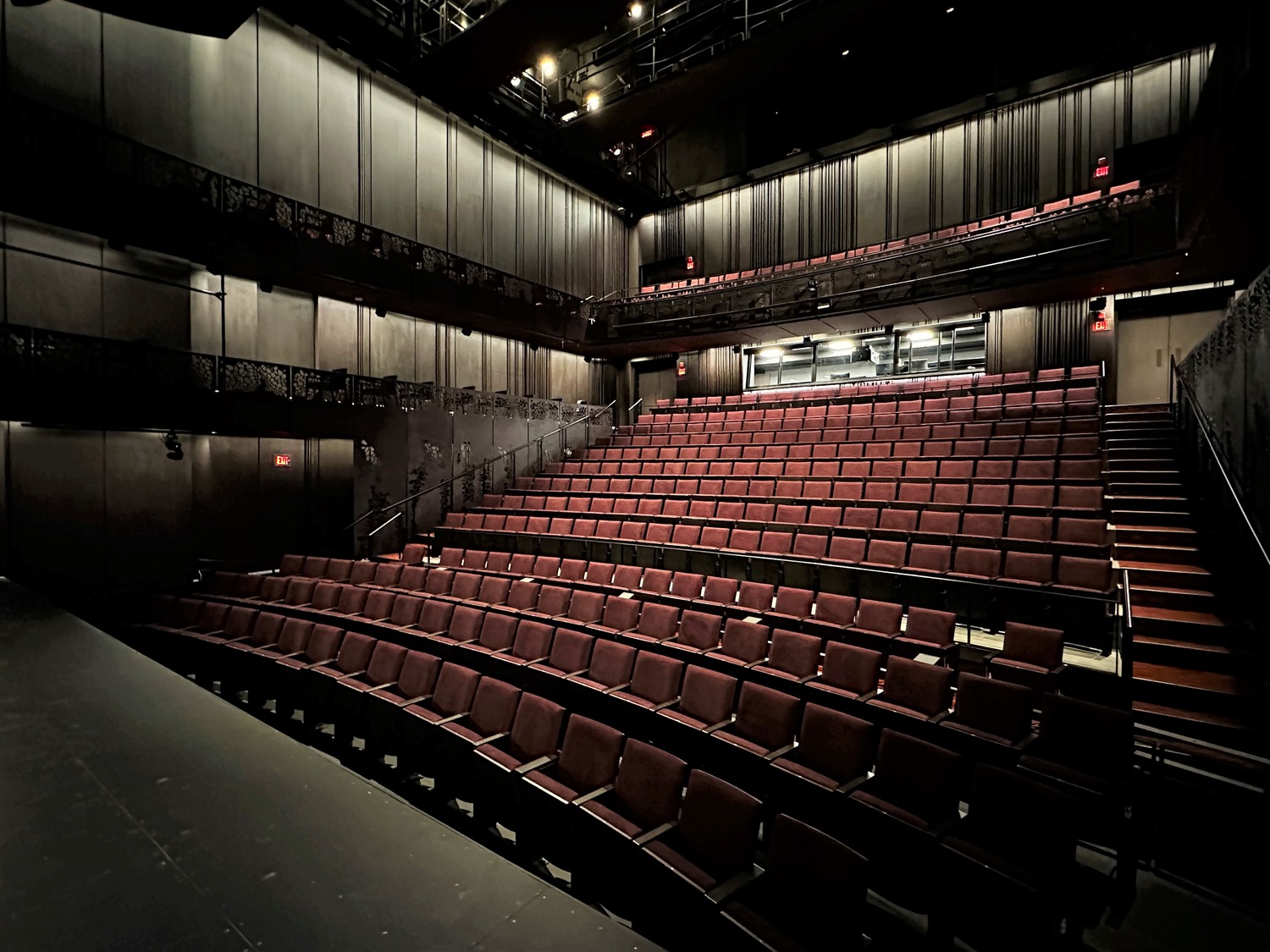
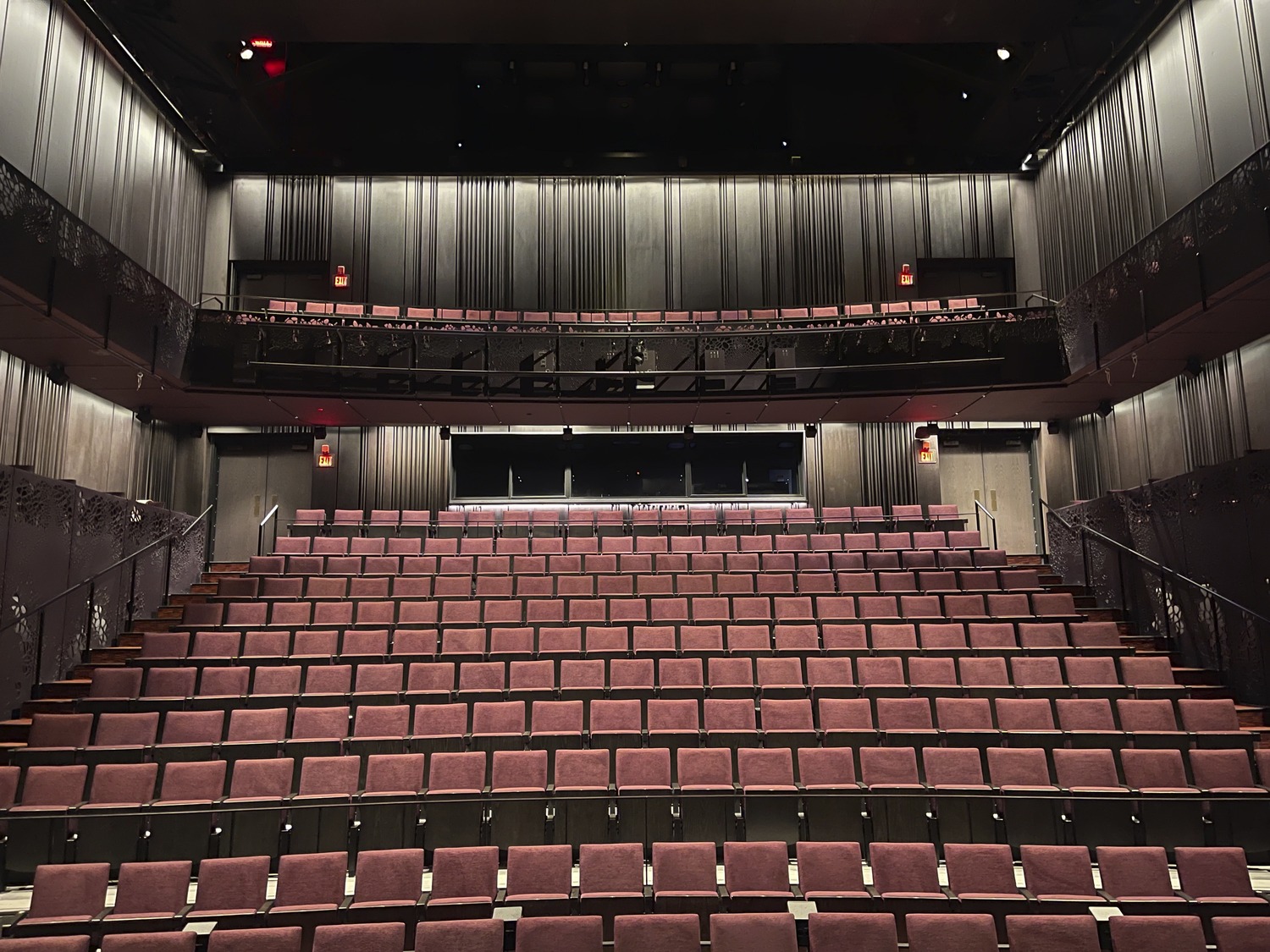
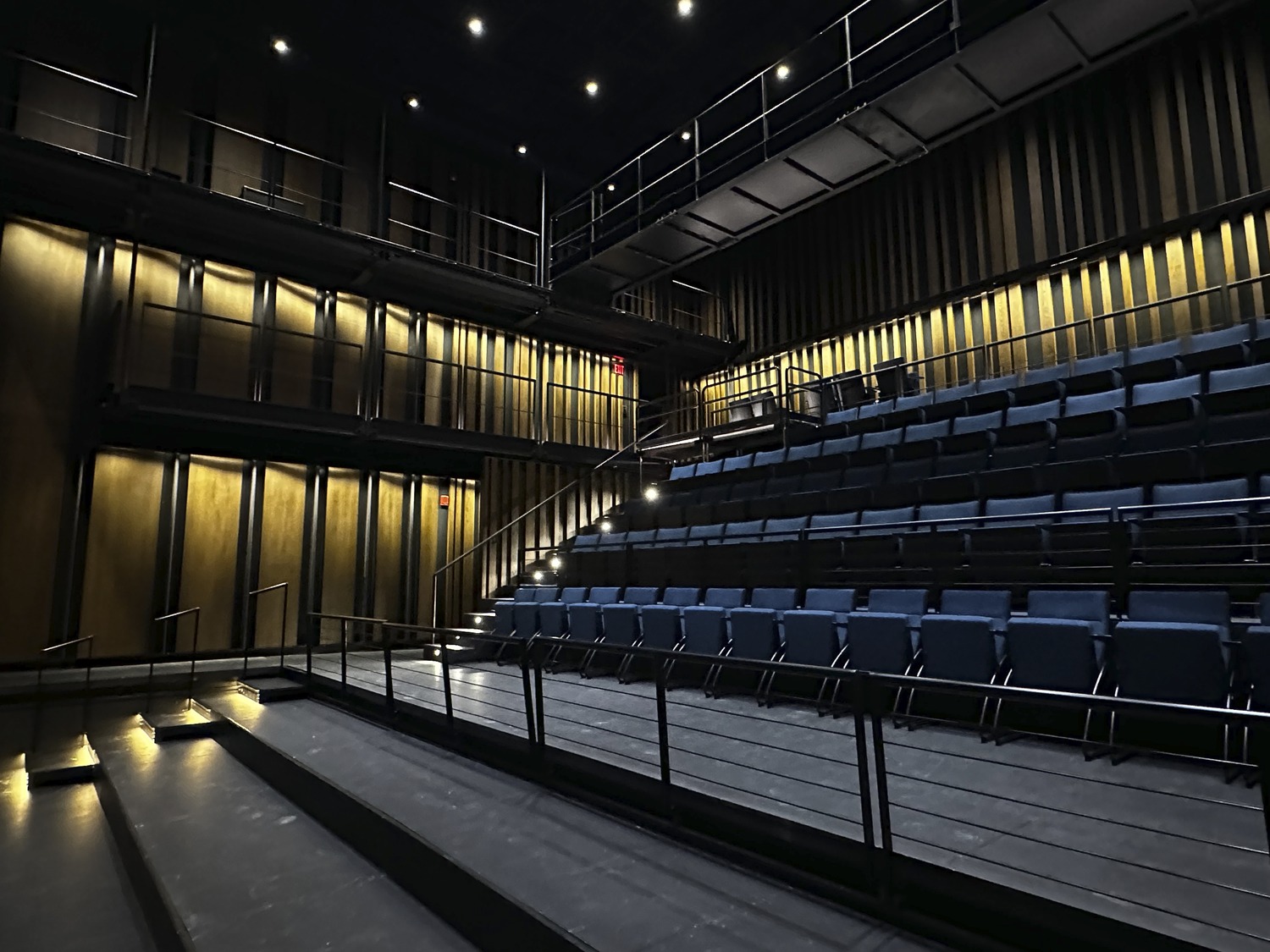
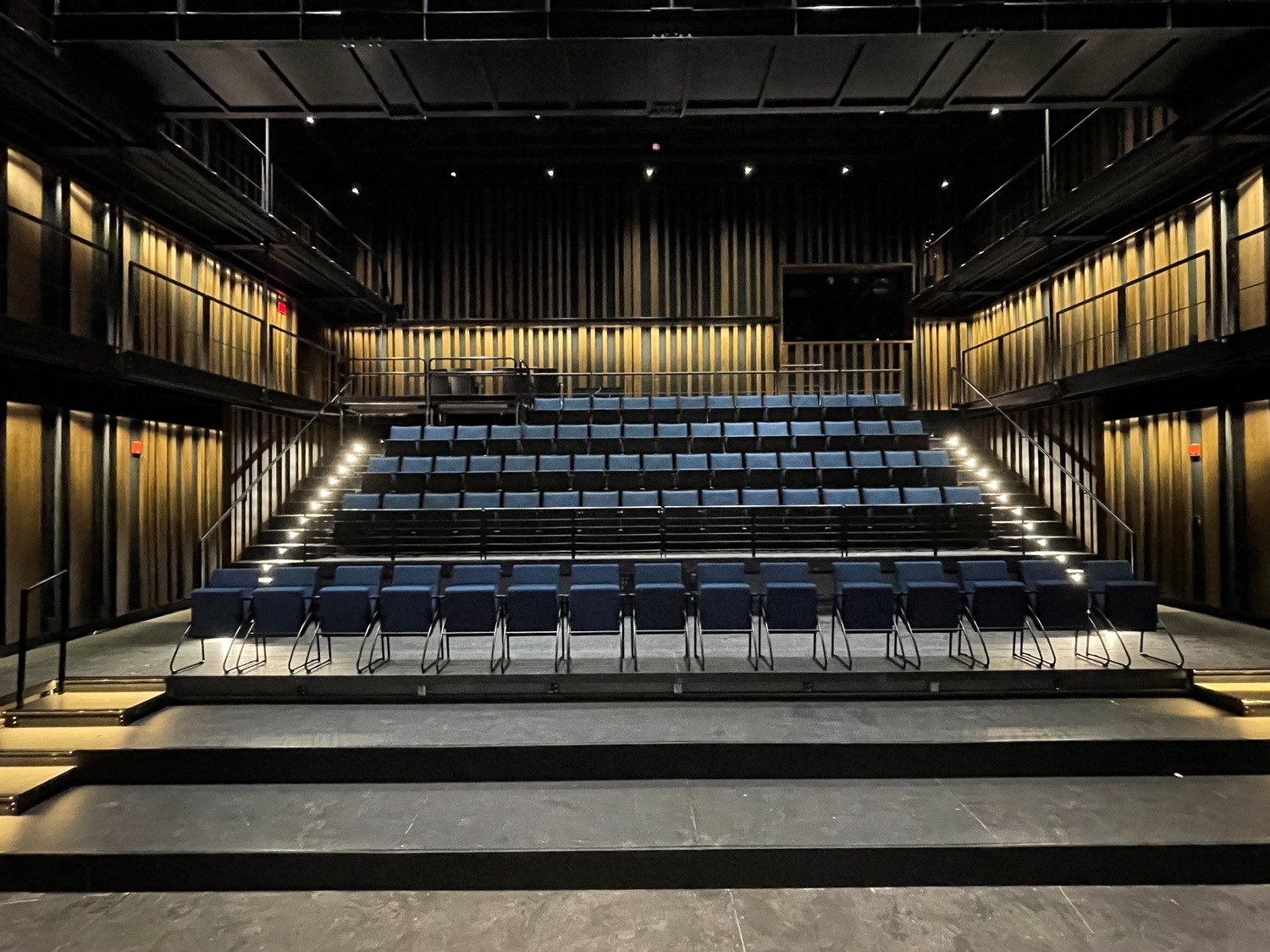
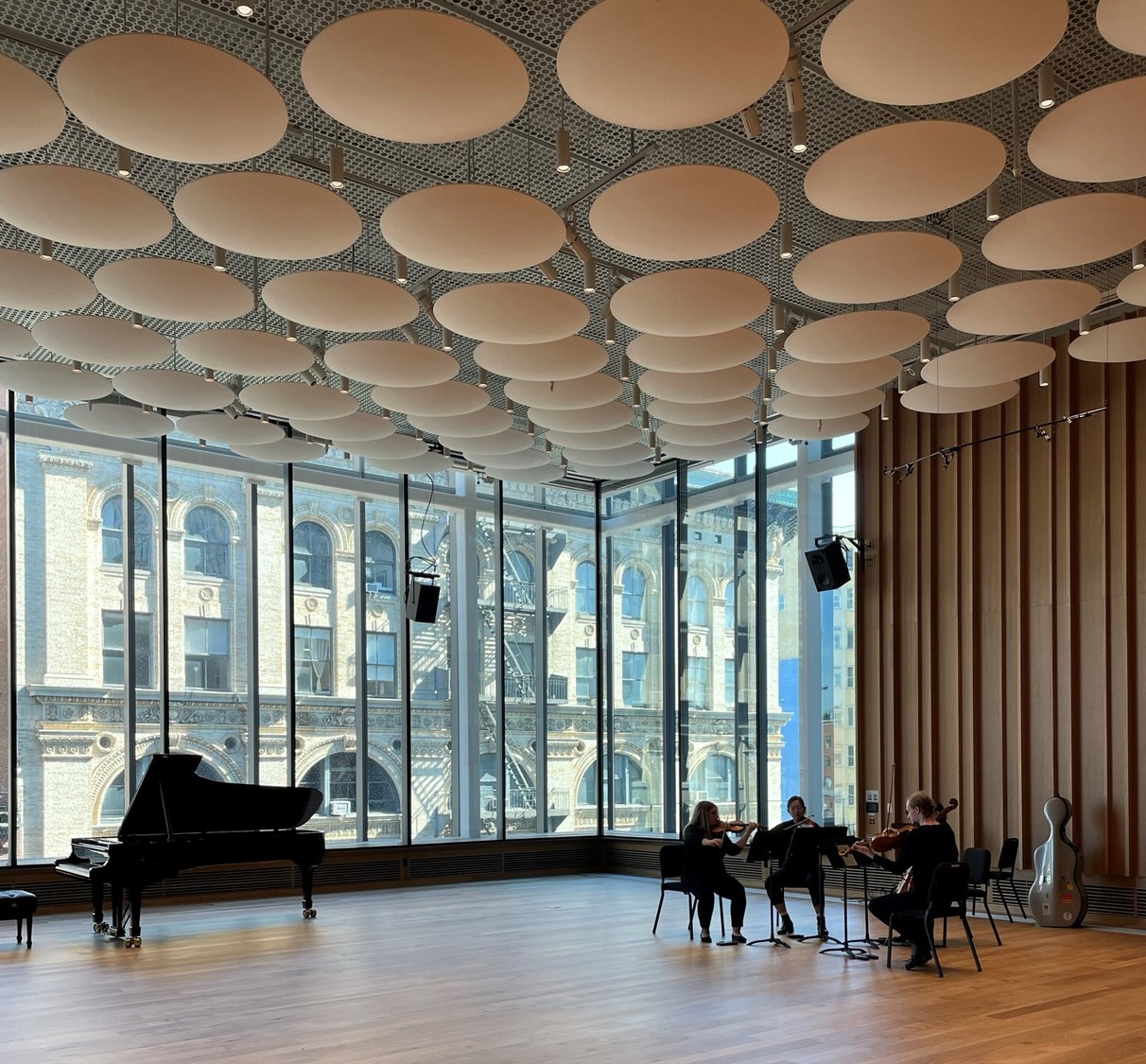

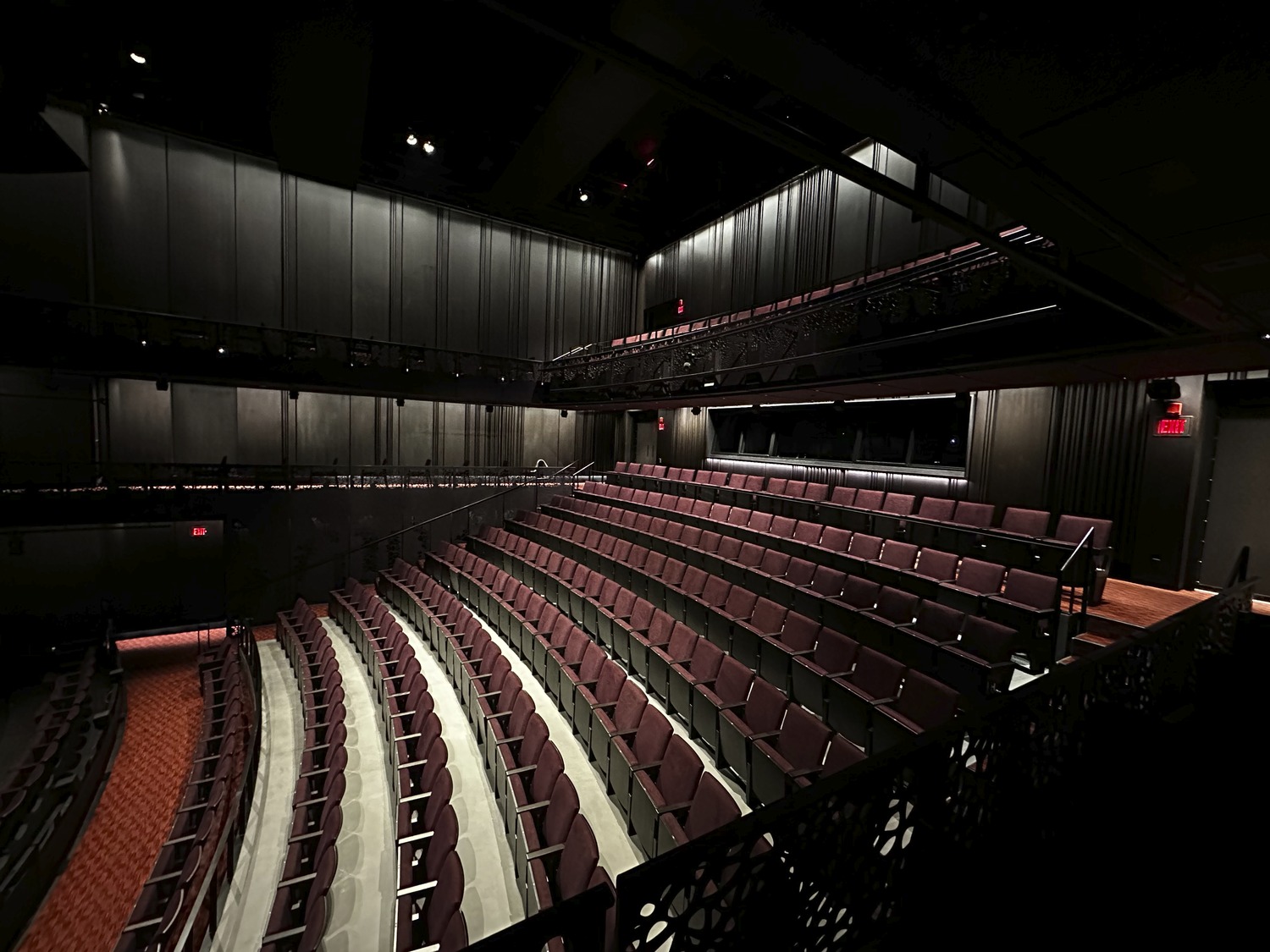
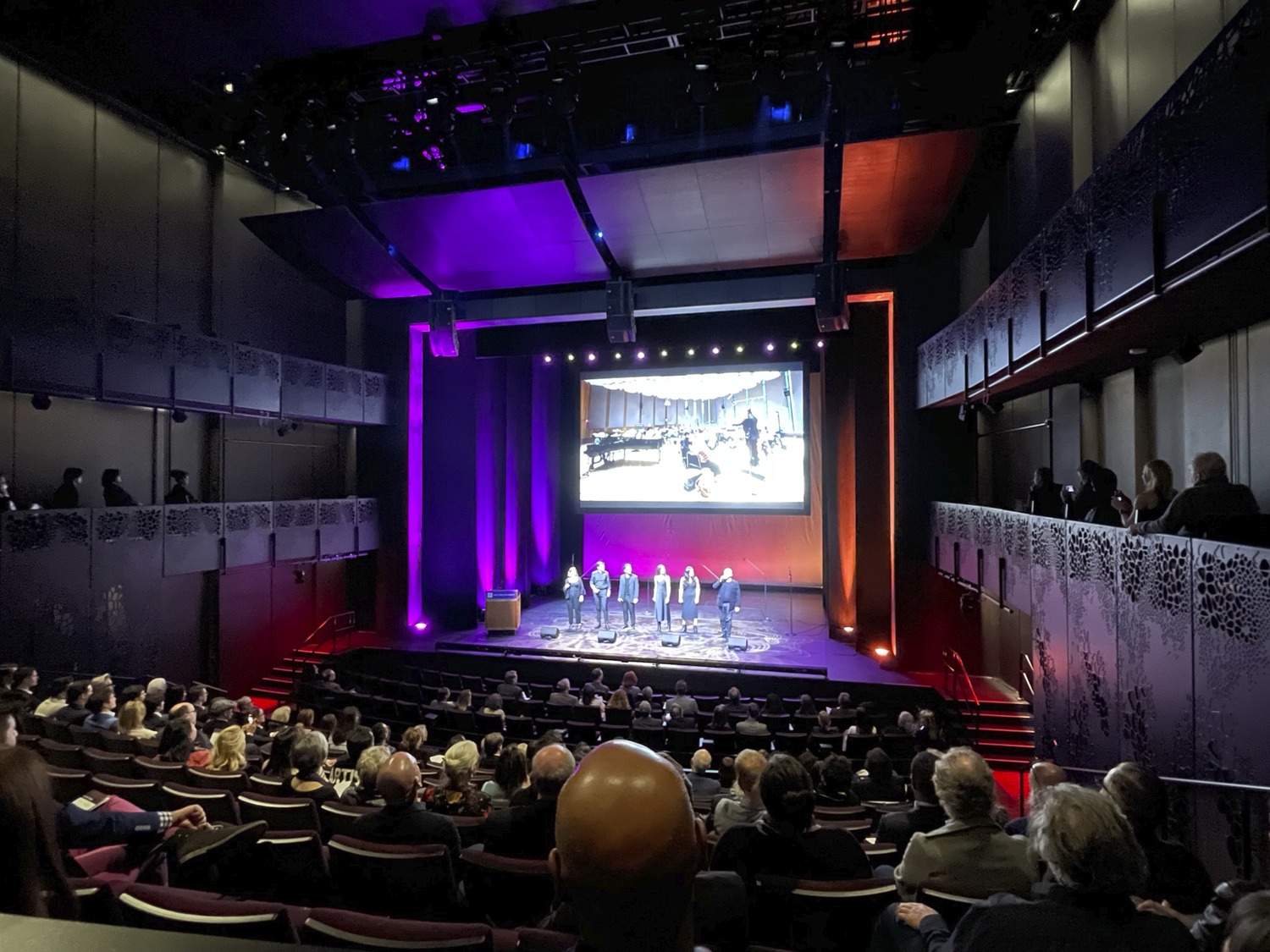
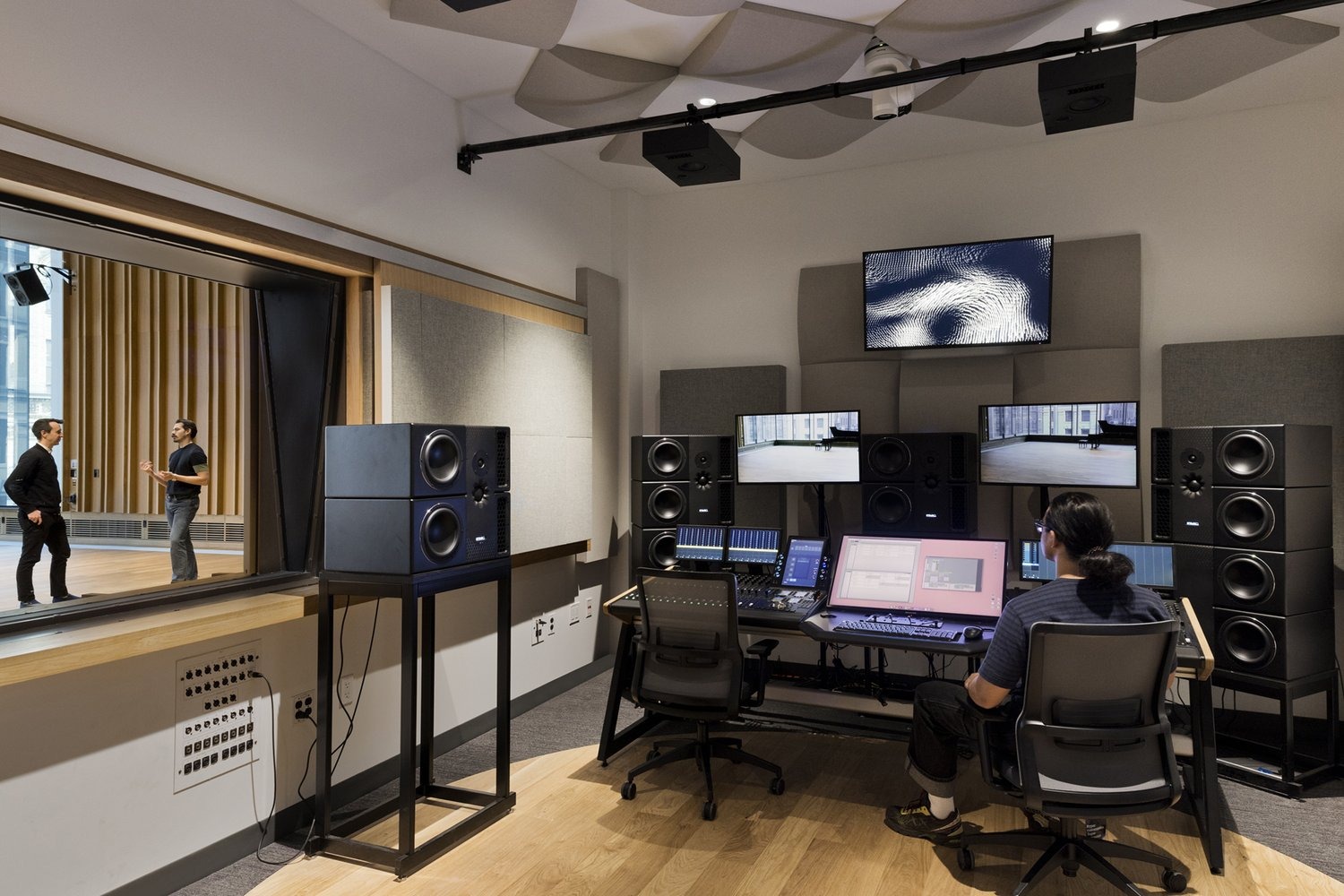
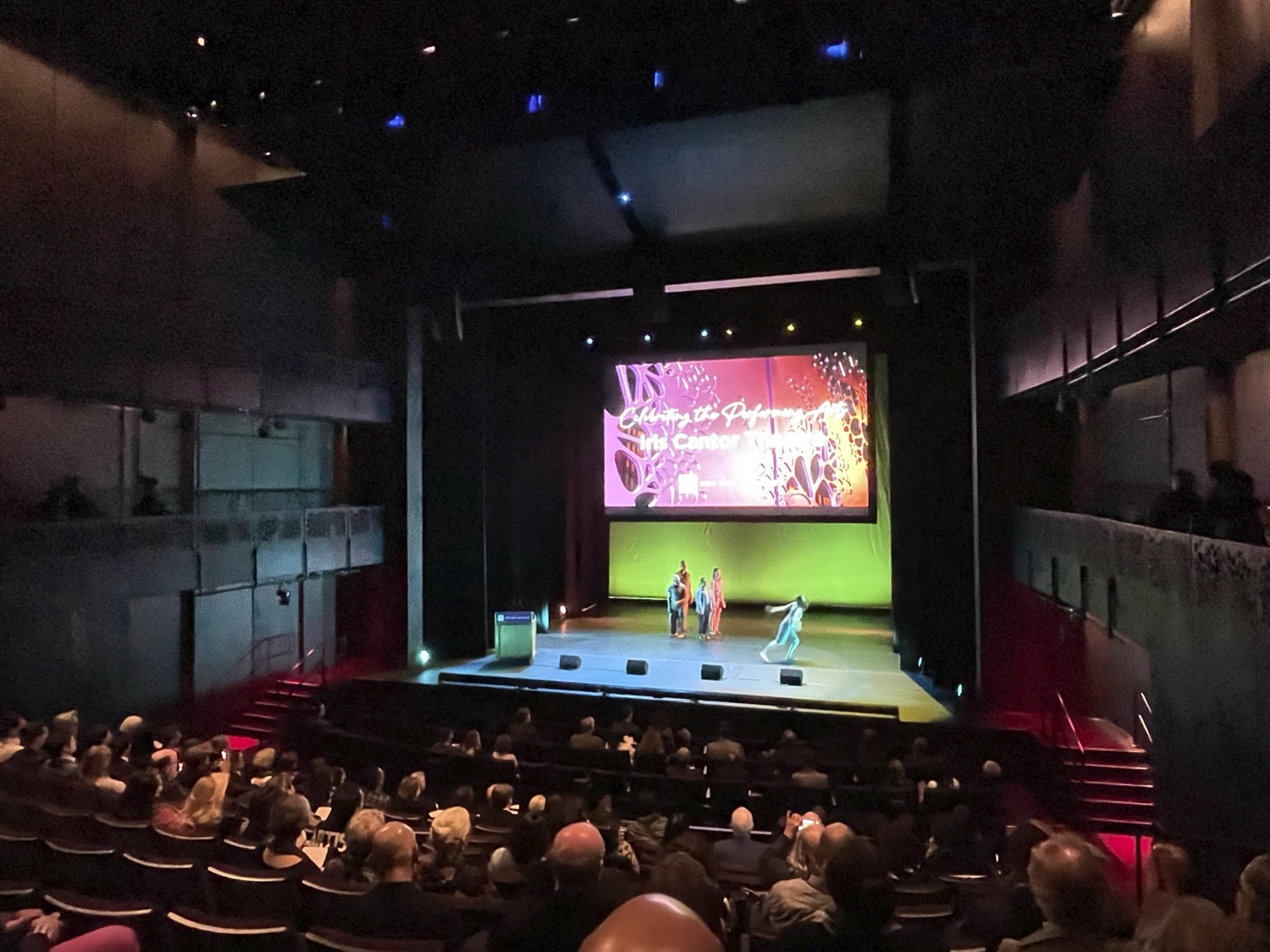
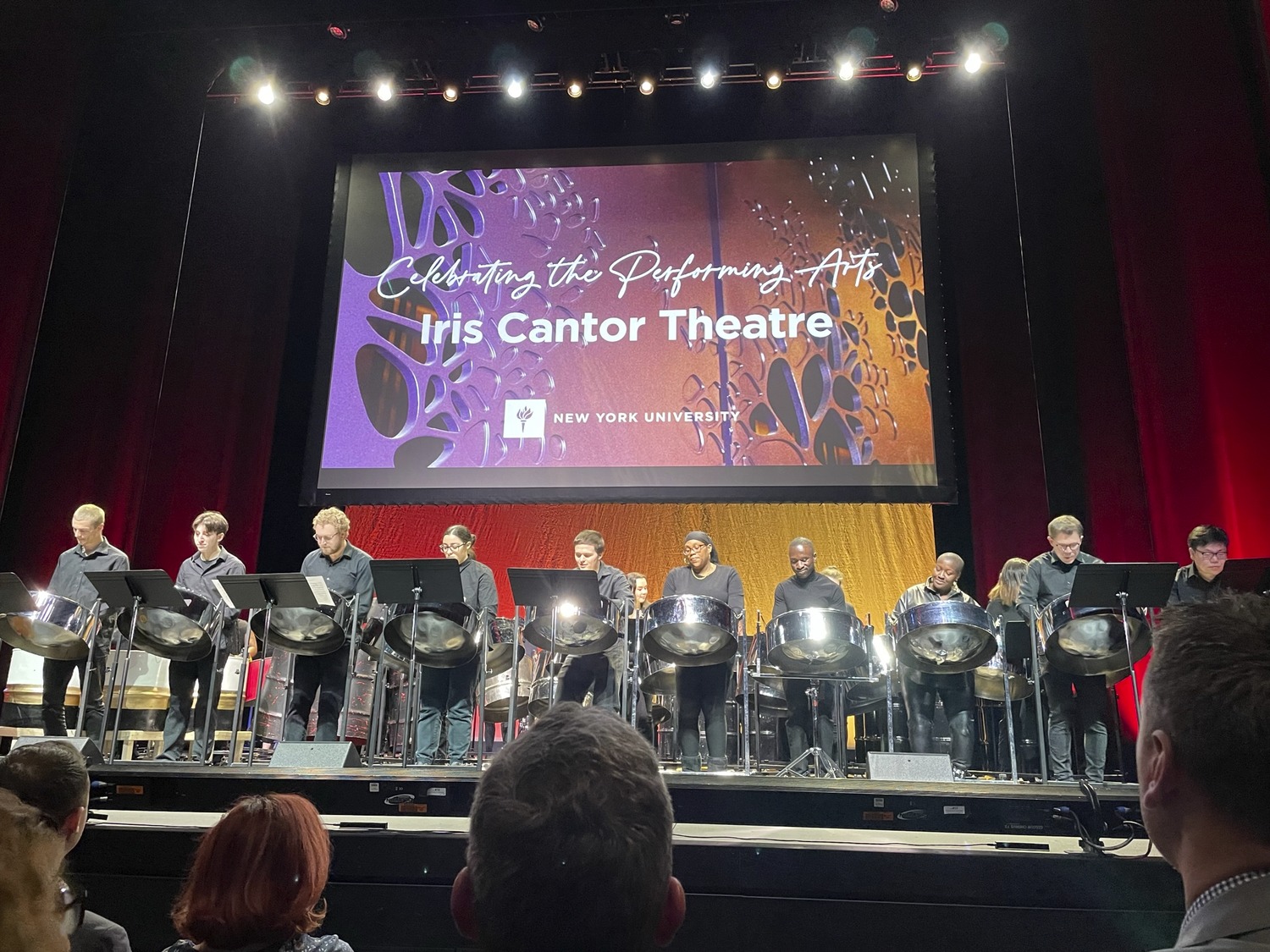
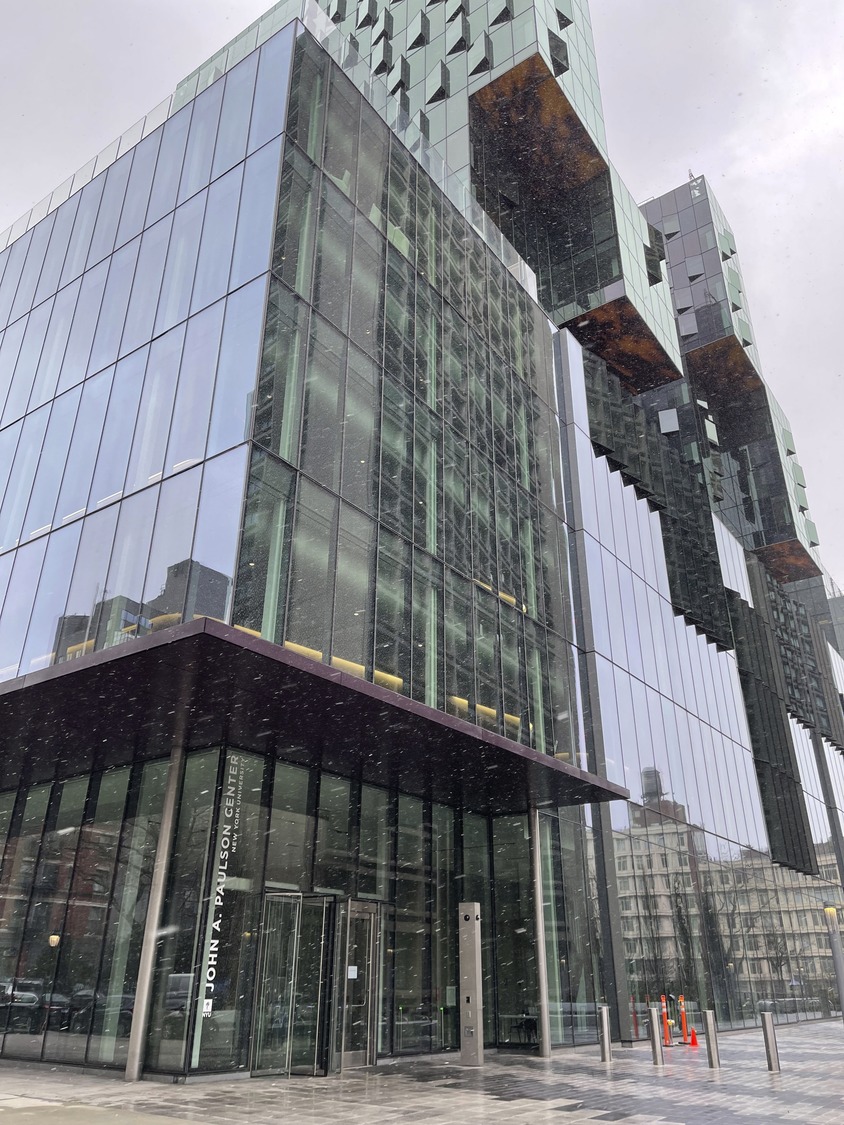
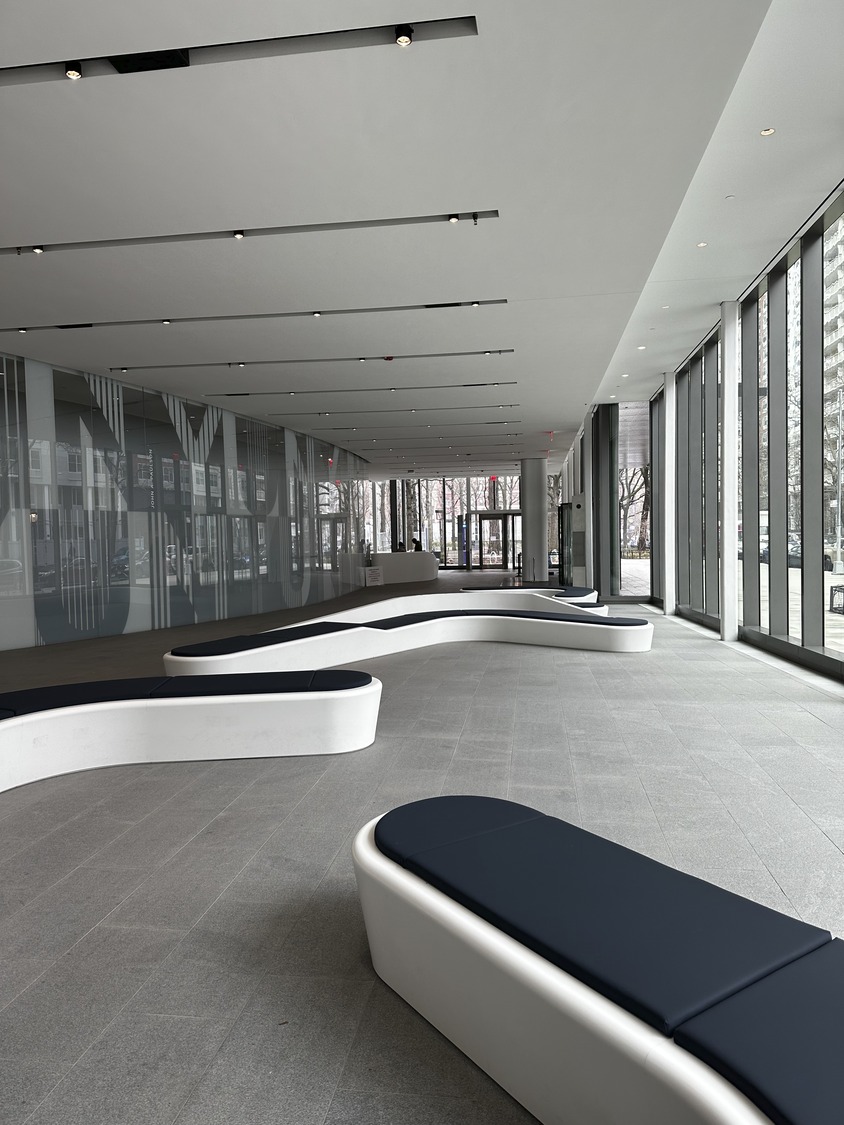
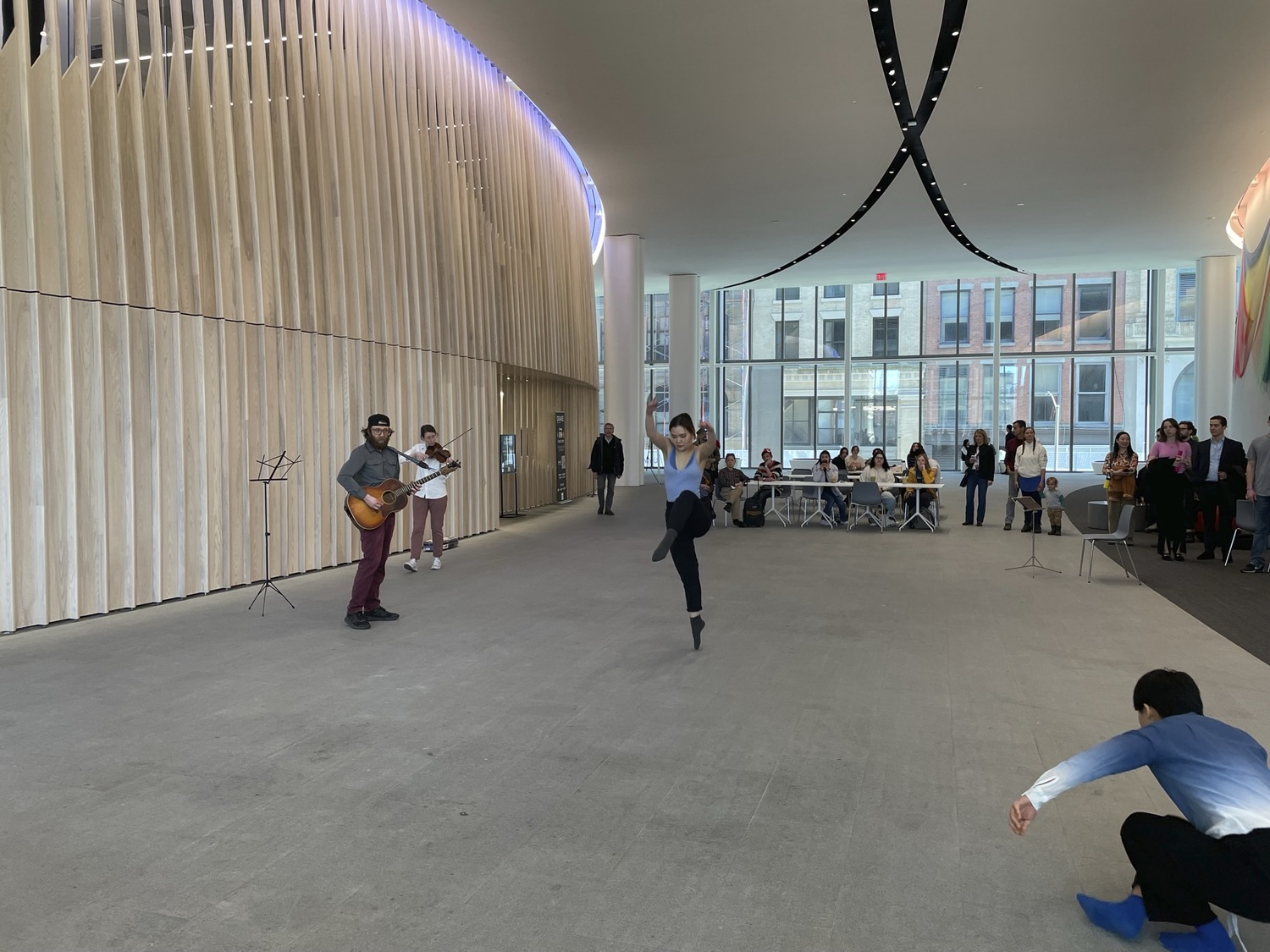
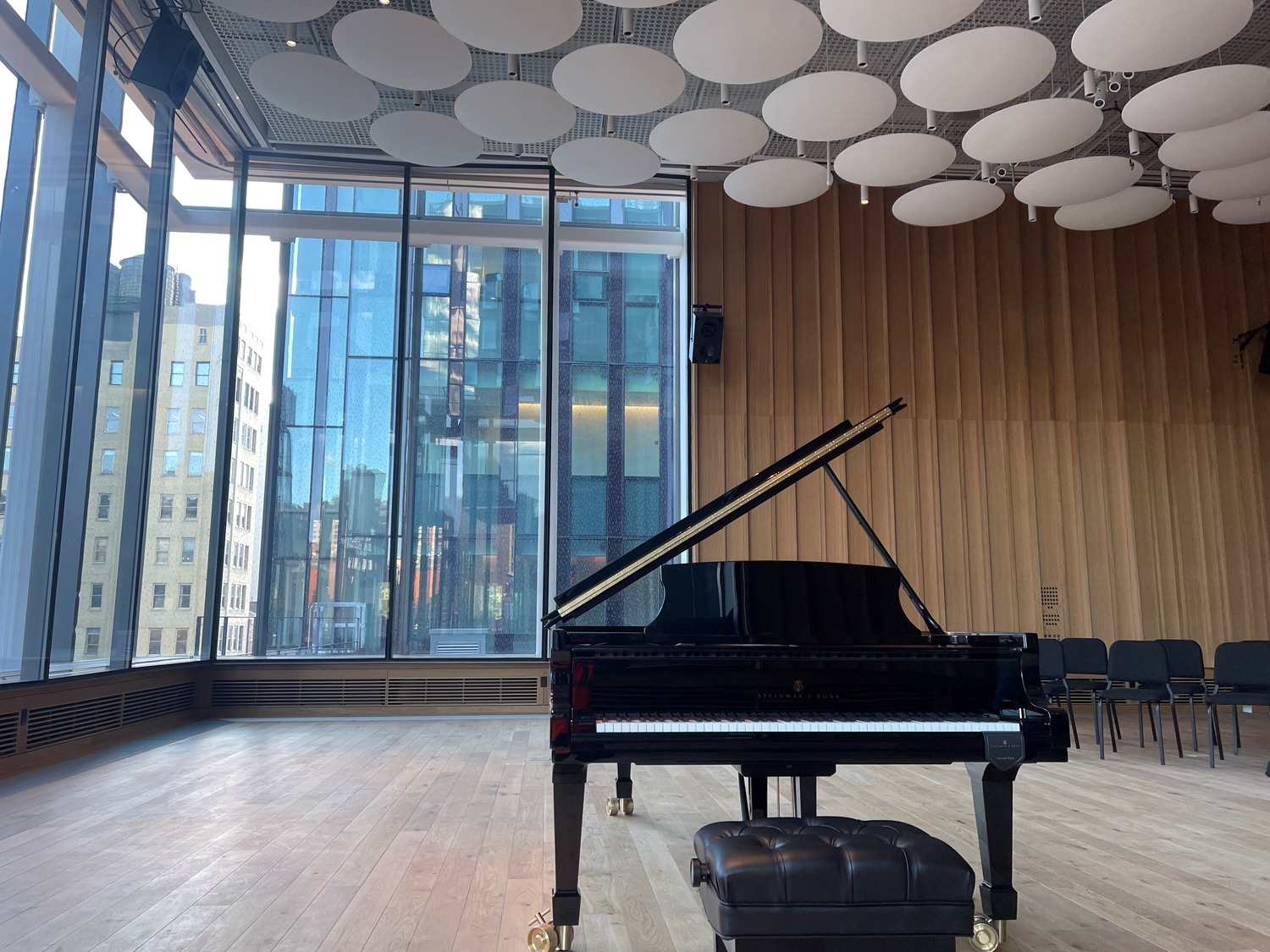
Comments